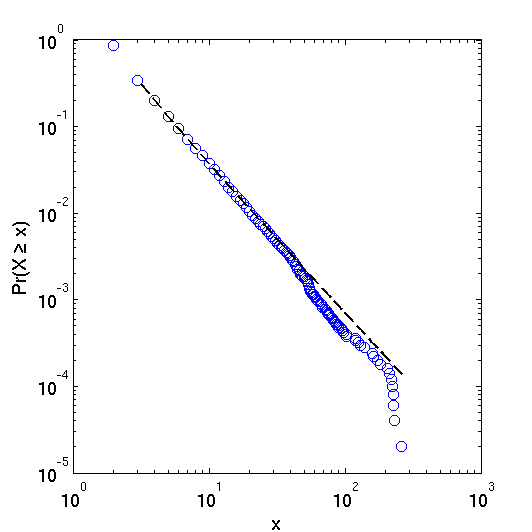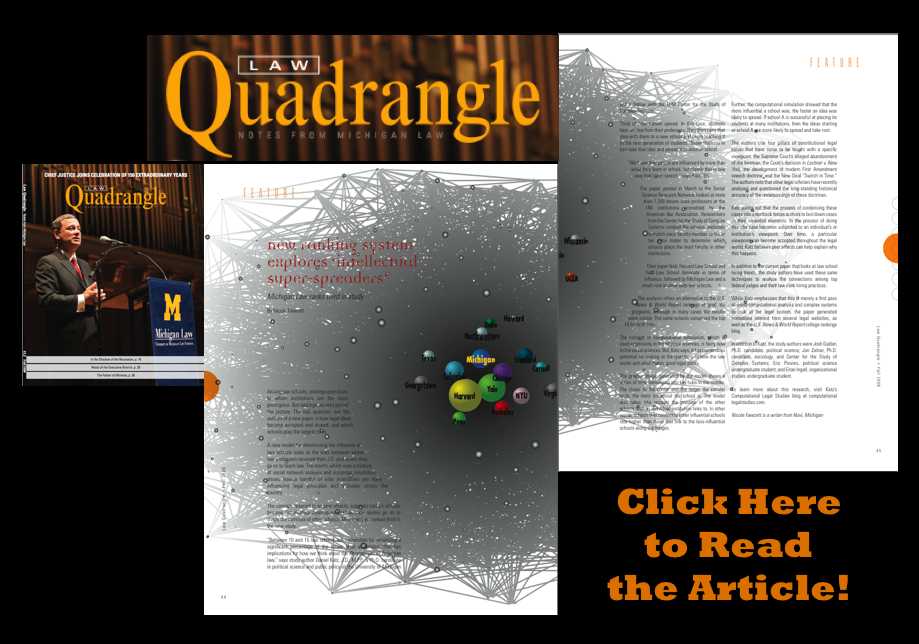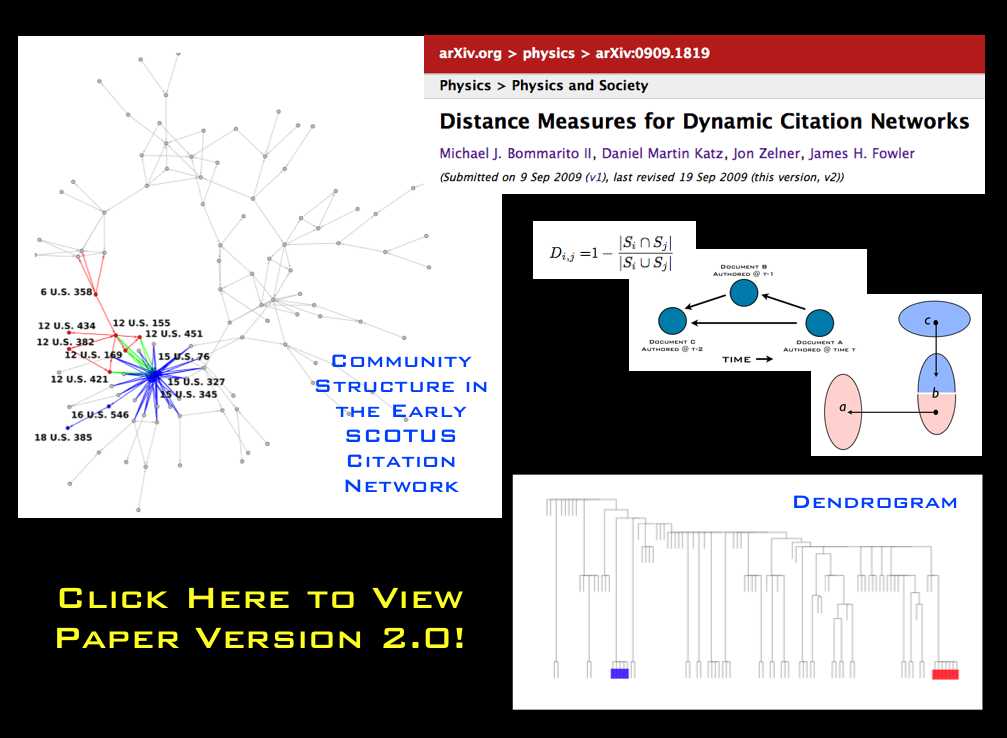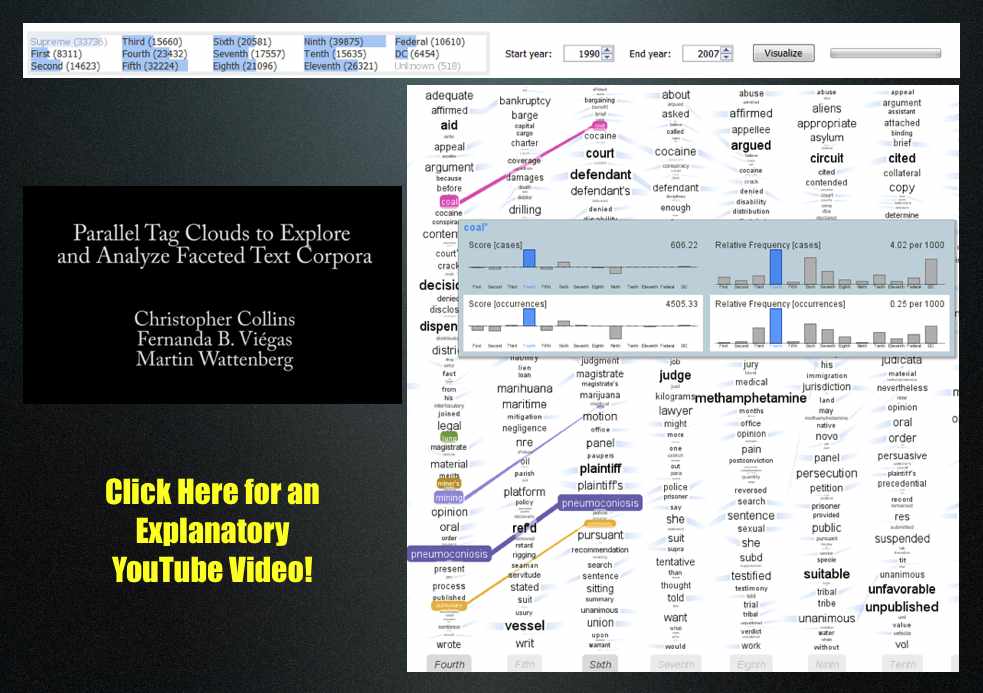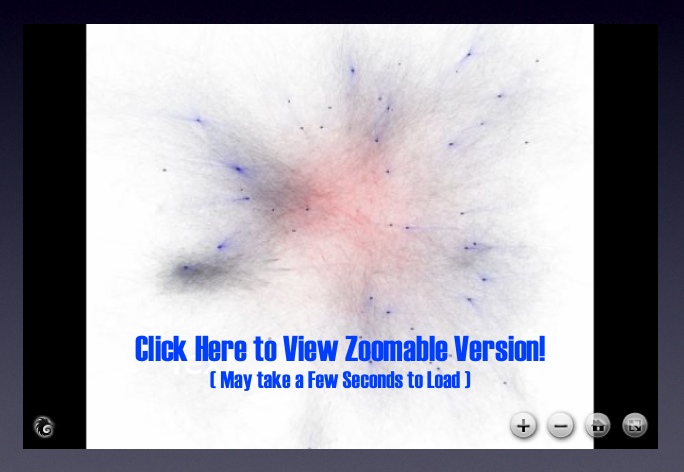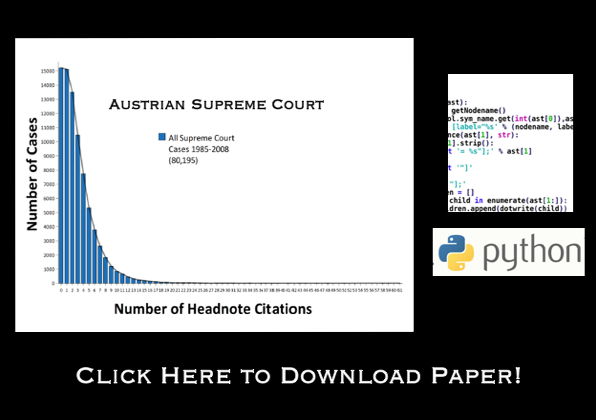
During our break from blogging, Ian Ayers offered a very interesting post over a Freakonomics entitled “Prediction Markets vs. Super Crunching: Which Can Better Predict How Justice Kennedy Will Vote?” In general terms, the post compares the well known statistical model offered by Martin-Quinn to the new Supreme Court Fantasy League created by Josh Blackman. We were particularly interested in a sentence located at end of the post … “[T]he fantasy league predictions would probably be more accurate if market participants had to actually put their money behind their predictions (as with intrade.com).” This point is well taken. Extending the idea of having some “skin in the game,” we wondered what sort of intellectual returns could be generated for the field of quantitative Supreme Court prediction by some sort of Netflix style SCOTUS challenge.
The Martin-Quinn model has significantly advanced the field of quantitative analysis of the United States Supreme Court. However, despite all of the benefits the model has offered, it is unlikely to be the last word on the question. While only time will tell, an improved prediction algorithm might very well be generated through the application of ideas in machine learning and via incorporation of additional components such as text, citations, etc.
With significant financial sum at stake … even far less than the real Netflix challenge … it is certainly possible that a non-trivial mprovement could be generated. In a discussion among a few of us here at the Michigan CSCS lab, we generated the following non-exhaustive set of possible ground rules for a Netflix Style SCOTUS challenge:
- To be unseated, the winning team should be required to make a non-trivial improvement upon the out-of-sample historical success of the Martin-Quinn Model.
- To prevent overfitting, the authors of this non-trivial improvement should be required to best the existing model for some prospective period.
- All of those who submit agree to publish their code in a standard programming language (C, Java, Python, etc.) with reasonable commenting / documentation.




 As we mentioned in previous posts,
As we mentioned in previous posts, 
